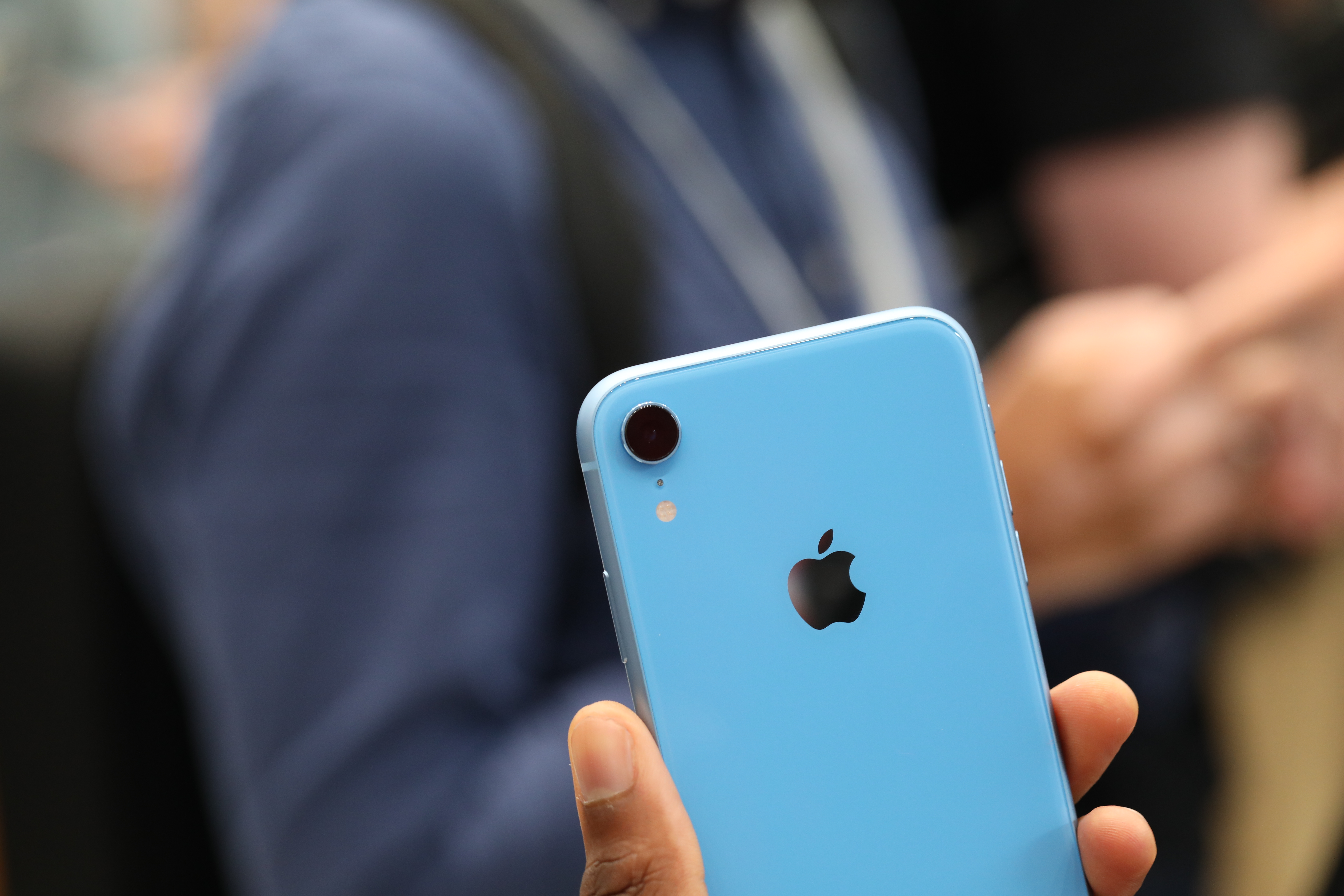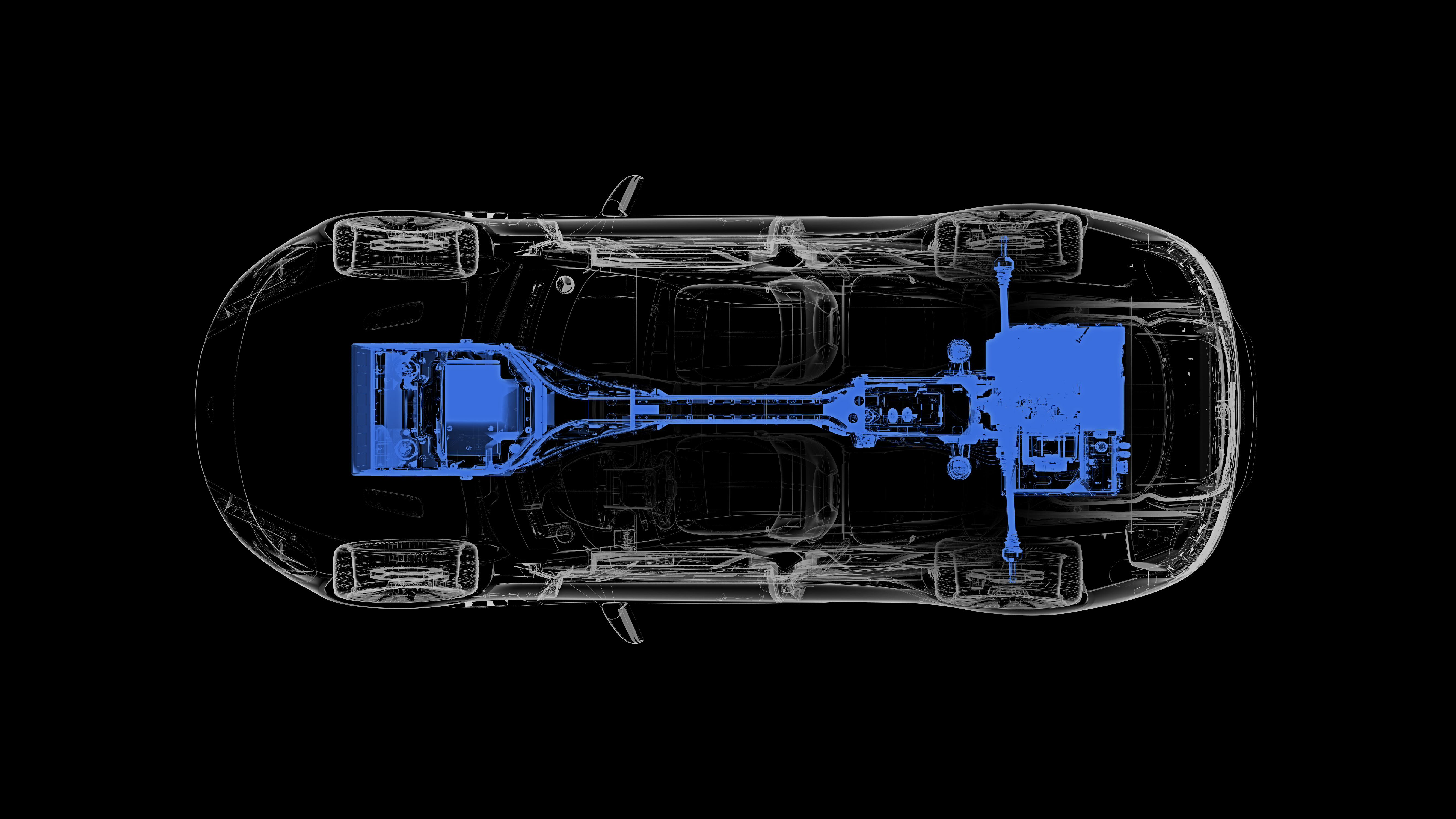Ribbit Capital, the financial technology investment firm whose portfolio includes hits like the no-fee mobile investment platform Robinhood; cryptocurrency wallet and marketplace provider Coinbase; and Root Insurance, the automotive insurance platform that just joined the billion-dollar startup club; is raising $420 million for its latest fund, according to a filing with the Securities and Exchange Commission.
The fund would be Ribbit’s fifth foray out with limited partners and its $420 million target is only a nominal increase from the $300 million it had set out to raise for its fourth fund last year.
That kind of restraint is remarkable in itself. But with the portfolio of hits Ribbit has amassed, the firm would be forgiven for attempting to raise double its current target.
Ribbit founder, Meyer (Micky) Malka, did not respond to a request for comment.
Coinbase alone is now worth at least $8 billion on paper, and no one laughs when chief executive Brian Armstrong says that his company’s goal is to become the New York Stock Exchange of crypto securities.
Robinhood, another one of Ribbit’s portfolio darlings, is flirting with a $6 billion valuation after its latest funding round earlier this year — and has become synonymous with stock trading for a new generation of investors (despite some criticism about its business model).
Then there are other bets the company has made in the financial services space. Along with Andreessen Horowitz and Battery Ventures, Ribbit made an investment in Cross River Bank, a financial services institution that provides a good chunk of the fintech businesses in the U.S. with their sole link into the world of regulated financial institutions. It was the originator for over $2 billion worth of loans for Max Levchin’s lending business, Affirm (another Ribbit portfolio company, now worth $2 billion) and Upstart (a fintech company that, shockingly, did not make its way into Ribbit’s portfolio).
Lest we forget, there’s another multi-billion-dollar portfolio company in the Ribbit portfolio. The company was also an early investor in Credit Karma, now a $4 billion juggernaut that was founded by a former management trainee at a Pizza Hut.
Just to make the math easier, that’s four companies worth more than $20 billion (on paper) that Ribbit can count in its latest portfolio. Not bad for a fund angling for only $420 million.
Ribbit launched its first fund in 2012, targeting a humble $90 million, when the latest financial technology investment boom was just getting started.
The brainchild of Malka, Ribbit has never really been a fund that claims the spotlight, but Malka has been a financial wizard since the age of 19.
That’s when he co-founded a securities and investment broker-dealer, Heptagon Group, which serviced the U.S. and Malka’s home market of Venezuela. In 1998, Malka created the first online brokerage for financial services in Latin America, Patagon.com. After its acquisition in 2000 for more than $700 million, Malka served as an interim chief executive officer for OpenBank, a Spanish and German online bank.
Malka has been steeped in financial services in both North America and South America and his portfolio not only reflects his knowledge, but also his roots. Malka is still active in Latin American investments, and some of the fintech portfolio that he’s amassed includes up-and-comers in South America’s fintech community, too. Look at Guiabolso, a promising startup that combines Mint, LendingClub and Credit Karma into a single service.
The interest in finance dates back to an early age. Malka likes to recount a story from when he was eight years old and wrote a letter to the tooth fairy asking for money for a lost tooth… Except Malka had certain conditions.
“I wrote, ‘Here is my tooth, please, I do not want to receive bolivars, I will only accept dollars,’” Malka told the online magazine, Ozy.
That passion for finance and attention to detail hasn’t changed in the intervening years.
“Banks have proven to be difficult environments for innovation to flourish, resulting in an antiquated financial services industry that remains relatively untouched by the technology-driven evolution transforming other markets ranging from social media sharing to professional enterprise services,” said Malka, in a statement announcing the launch of his first fund. “The technology to unlock this innovation is in place, and there are entrepreneurs around the world with groundbreaking ideas that have the potential to turn this industry on its head. What’s lacking is the investment, will and expertise to develop and make them reality. It is going to require focused investment to ignite this change, and Ribbit is here to answer the call.”



 There are a lot of iPhones out there, to be sure. But defining the iPhone as some sort of decade-long continuous camera, which Apple seems to be doing, is sort of a disingenuous way to do it. By that standard, Samsung would almost certainly be ahead, since it would be allowed to count all its Galaxy phones going back a decade as well, and they’ve definitely outsold Apple in that time. Going further, if you were to say that a basic off-the-shelf camera stack and common Sony or Samsung sensor was a “camera,” iPhone would probably be outnumbered 10:1 by Android phones.
There are a lot of iPhones out there, to be sure. But defining the iPhone as some sort of decade-long continuous camera, which Apple seems to be doing, is sort of a disingenuous way to do it. By that standard, Samsung would almost certainly be ahead, since it would be allowed to count all its Galaxy phones going back a decade as well, and they’ve definitely outsold Apple in that time. Going further, if you were to say that a basic off-the-shelf camera stack and common Sony or Samsung sensor was a “camera,” iPhone would probably be outnumbered 10:1 by Android phones. As Phil would explain later, a lot of the newness comes from improvements to the sensor and image processor. But as he said that the system was new while backed by an exploded view of the camera hardware, we may consider him as referring to that as well.
As Phil would explain later, a lot of the newness comes from improvements to the sensor and image processor. But as he said that the system was new while backed by an exploded view of the camera hardware, we may consider him as referring to that as well.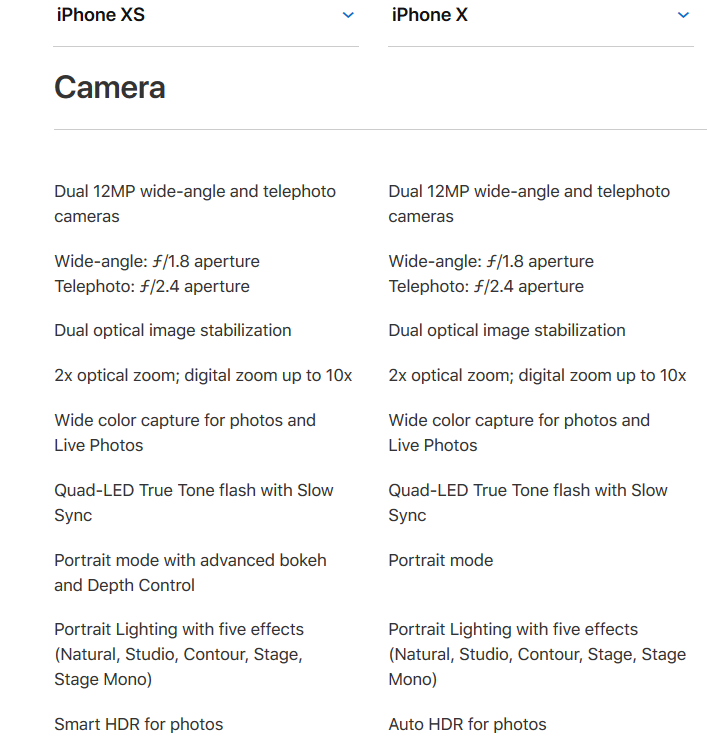 If I said these were different cameras, would you believe me? Same F numbers, no reason to think the image stabilization is different or better, and so on. It would not be unreasonable to guess that these are, as far as optics, the same cameras as before. Again, not that there was anything wrong with them — they’re fabulous optics. But showing components that are in fact the same and saying it’s different is misleading.
If I said these were different cameras, would you believe me? Same F numbers, no reason to think the image stabilization is different or better, and so on. It would not be unreasonable to guess that these are, as far as optics, the same cameras as before. Again, not that there was anything wrong with them — they’re fabulous optics. But showing components that are in fact the same and saying it’s different is misleading.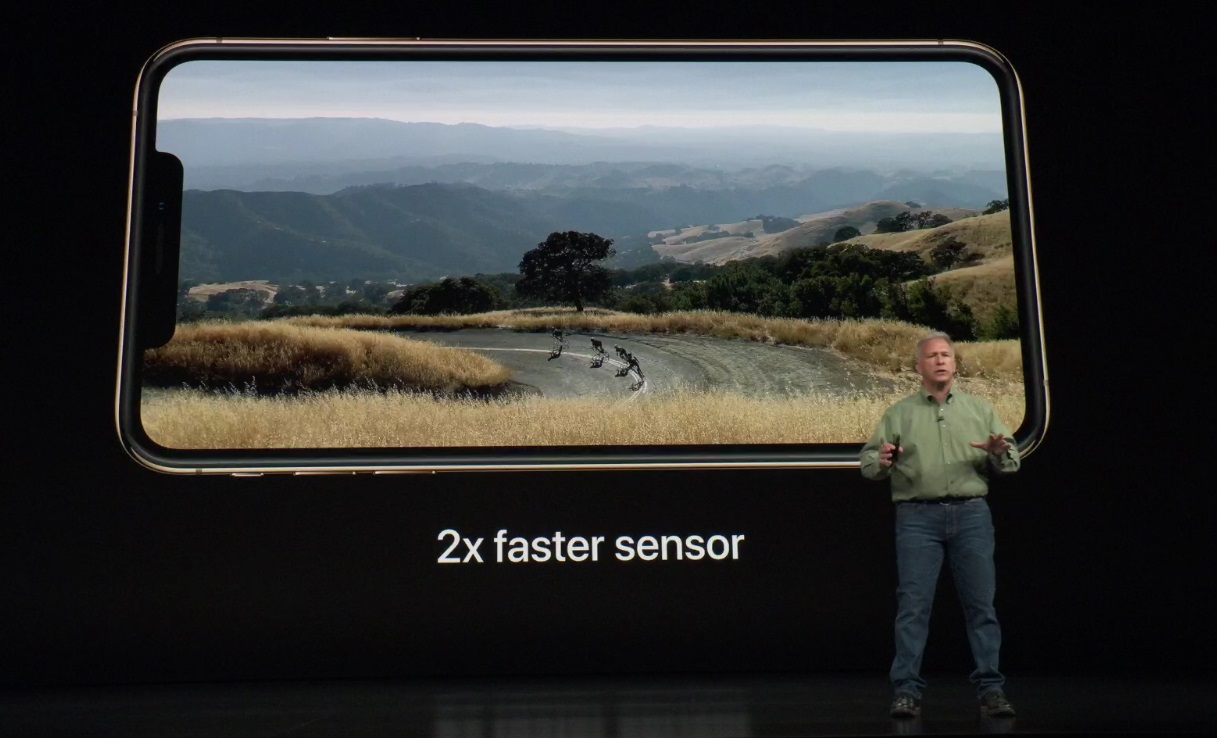 It’s not really clear what is meant when he says this. “To take advantage of all this technology.” Is it the readout rate? Is it the processor that’s faster, since that’s what would probably produce better image quality (more horsepower to calculate colors, encode better, and so on)? “Fast” also refers to light-gathering — is that faster?
It’s not really clear what is meant when he says this. “To take advantage of all this technology.” Is it the readout rate? Is it the processor that’s faster, since that’s what would probably produce better image quality (more horsepower to calculate colors, encode better, and so on)? “Fast” also refers to light-gathering — is that faster?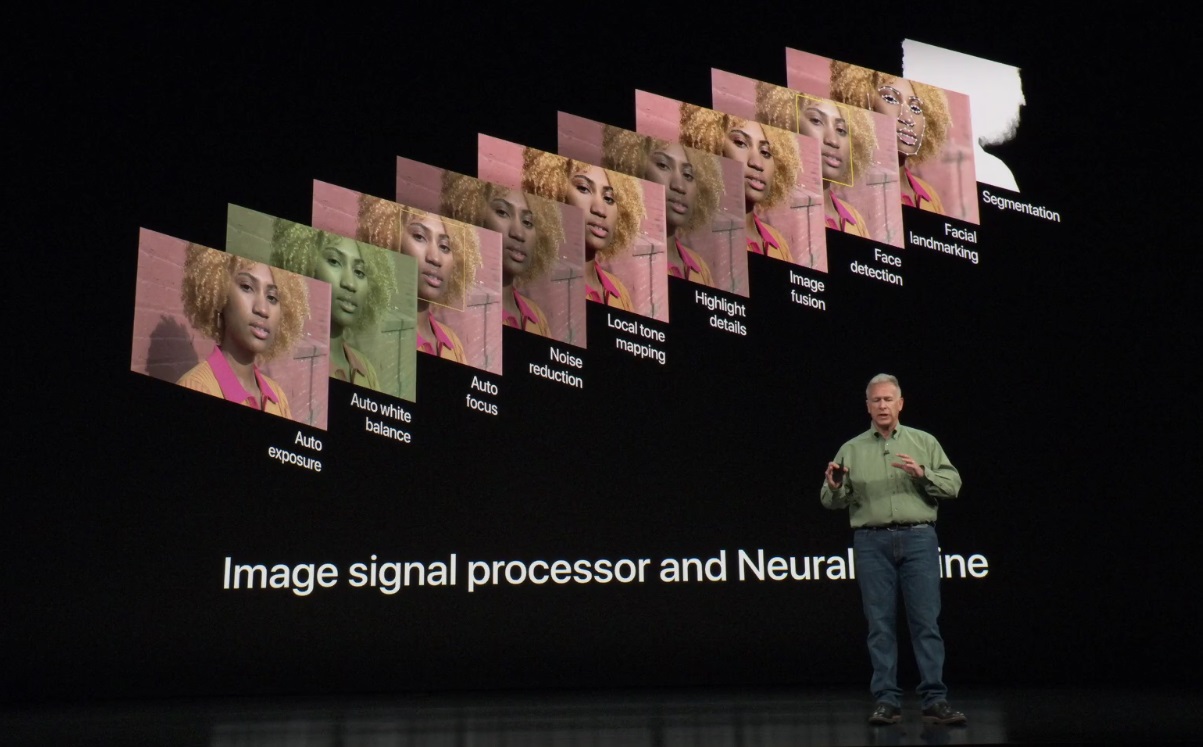 Now, this was a bit of sleight of hand on Phil’s part. Presumably what’s new is that Apple has better integrated the image processing pathway between the traditional image processor, which is doing the workhorse stuff like autofocus and color, and the “neural engine,” which is doing face detection.
Now, this was a bit of sleight of hand on Phil’s part. Presumably what’s new is that Apple has better integrated the image processing pathway between the traditional image processor, which is doing the workhorse stuff like autofocus and color, and the “neural engine,” which is doing face detection.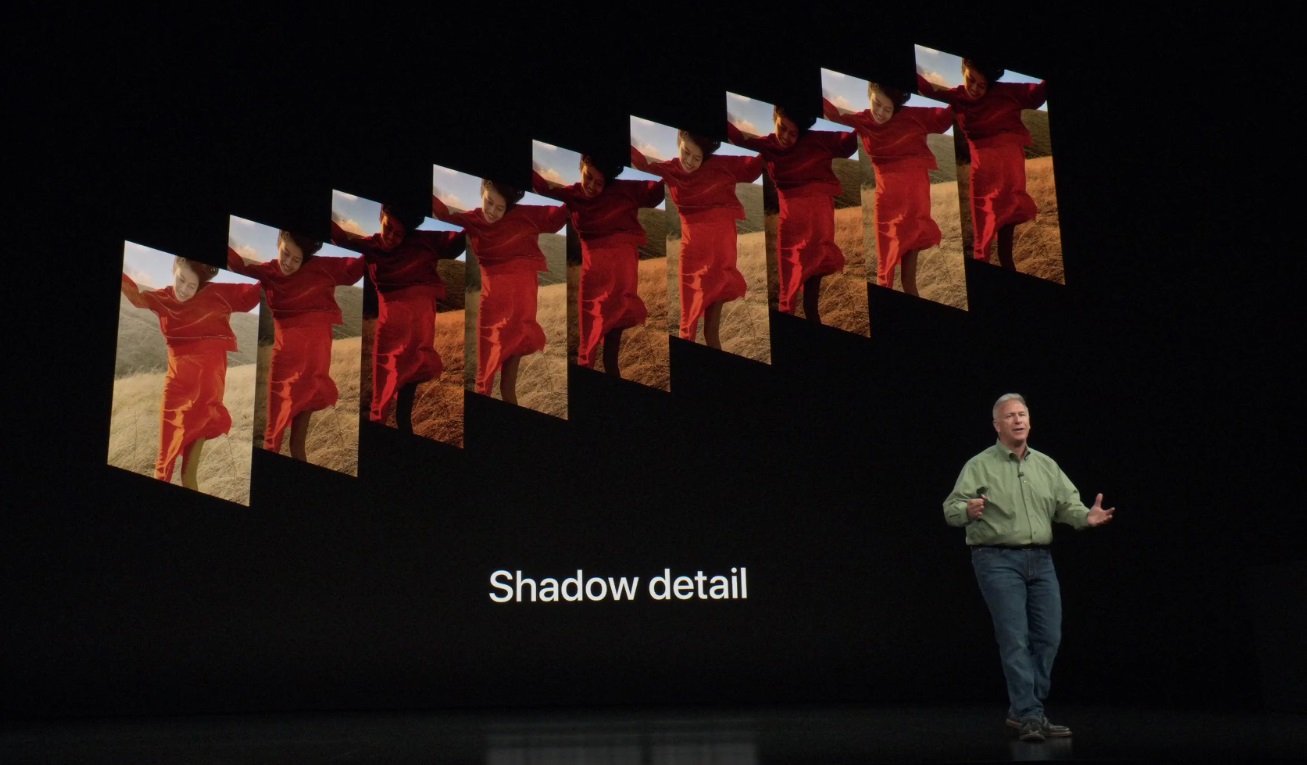 Apple’s brand new feature has been on Google’s Pixel phones for a while now. A lot of cameras now keep a frame buffer going, essentially snapping pictures in the background while the app is open, then using the latest one when you hit the button. And Google, among others, had the idea that you could use these unseen pictures as raw material for an HDR shot.
Apple’s brand new feature has been on Google’s Pixel phones for a while now. A lot of cameras now keep a frame buffer going, essentially snapping pictures in the background while the app is open, then using the latest one when you hit the button. And Google, among others, had the idea that you could use these unseen pictures as raw material for an HDR shot.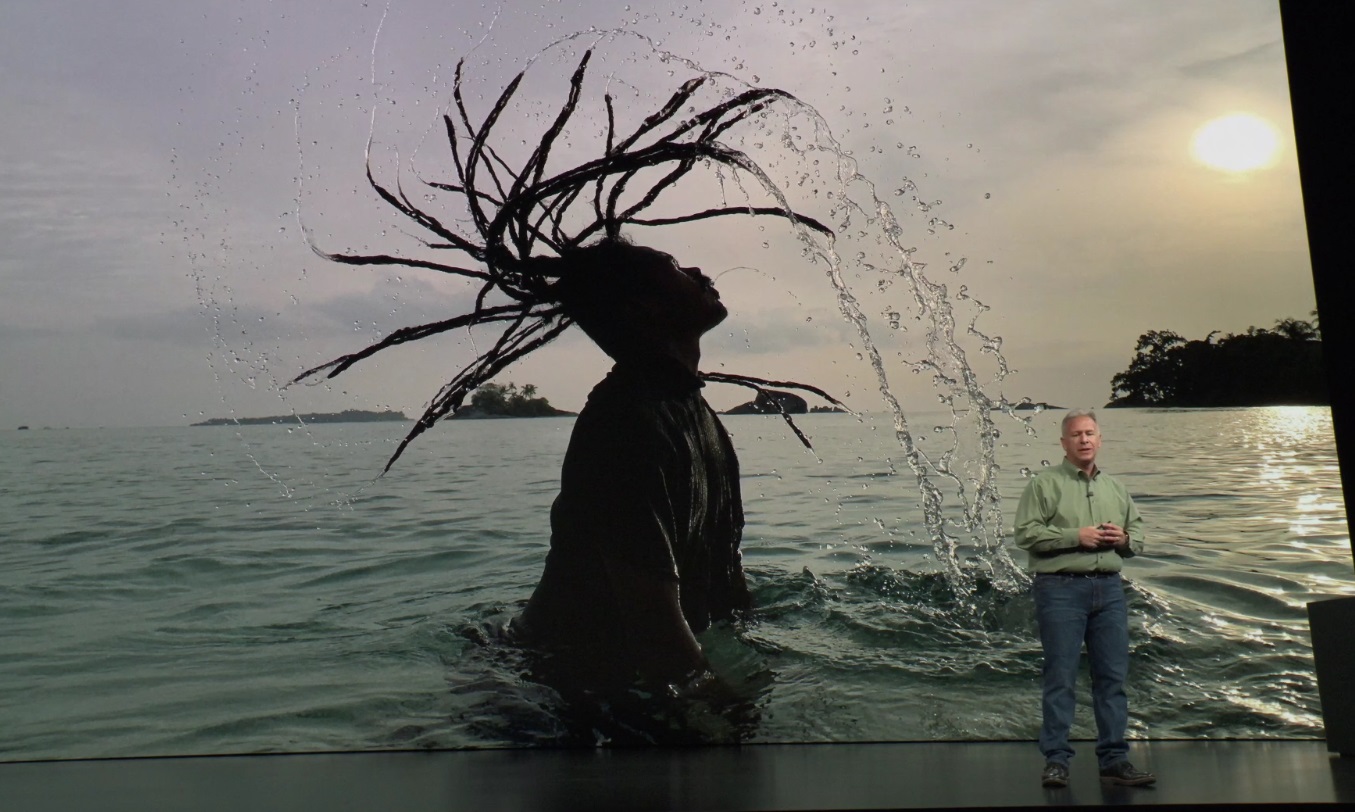 I’m not saying you should shoot directly into the sun, but it’s really not uncommon to include the sun in your shot. In the corner like that it can make for some cool lens flares, for instance. It won’t blow out these days because almost every camera’s auto-exposure algorithms are either center-weighted or intelligently shift around — to find faces, for instance.
I’m not saying you should shoot directly into the sun, but it’s really not uncommon to include the sun in your shot. In the corner like that it can make for some cool lens flares, for instance. It won’t blow out these days because almost every camera’s auto-exposure algorithms are either center-weighted or intelligently shift around — to find faces, for instance.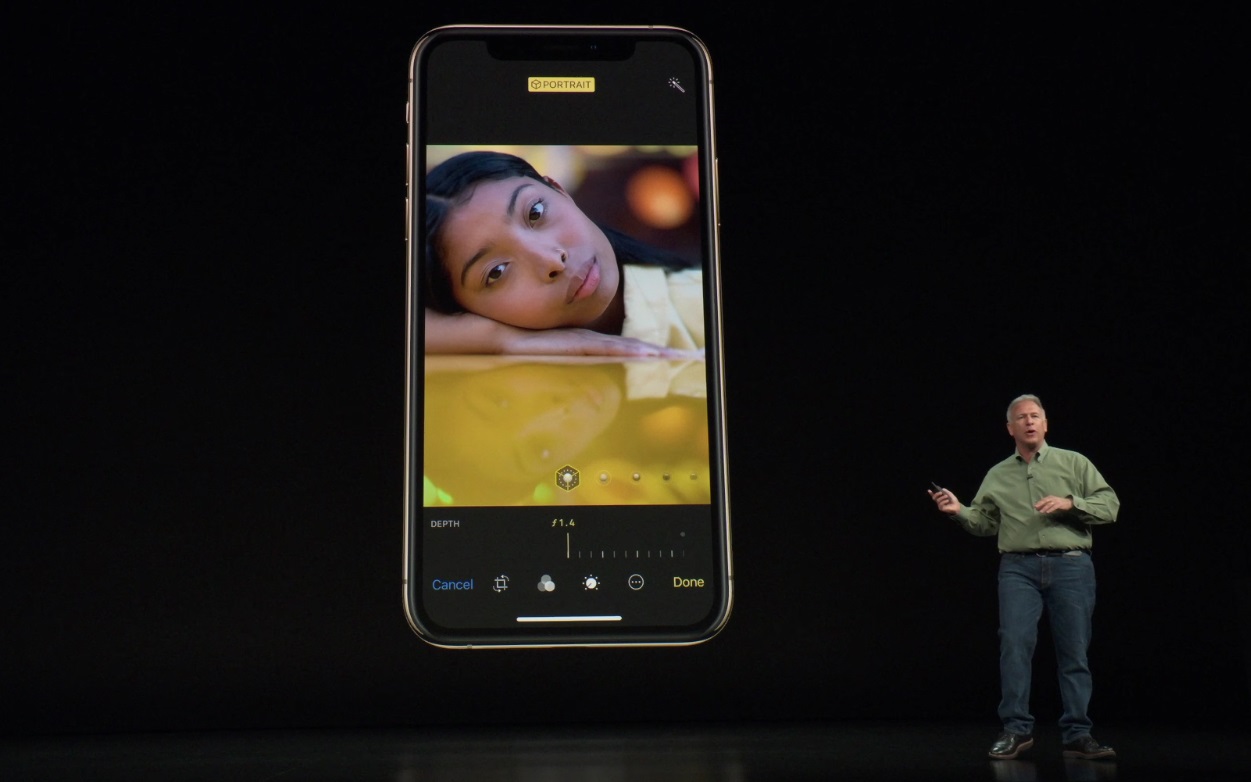 This just isn’t true. You can do this on the Galaxy S9, and it’s being rolled out in Google Photos as well. Lytro was doing something like it years and years ago, if we’re including “any type of camera.” Will this be better? Probably – looks great to me. Has it never been possible ever? Not even close. I feel kind of bad that no one told Phil. He’s out here without the facts.
This just isn’t true. You can do this on the Galaxy S9, and it’s being rolled out in Google Photos as well. Lytro was doing something like it years and years ago, if we’re including “any type of camera.” Will this be better? Probably – looks great to me. Has it never been possible ever? Not even close. I feel kind of bad that no one told Phil. He’s out here without the facts.






